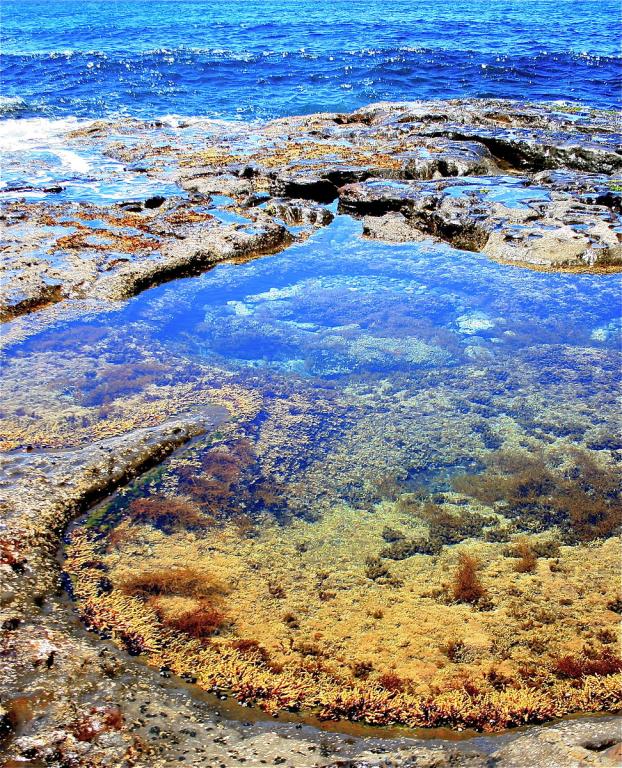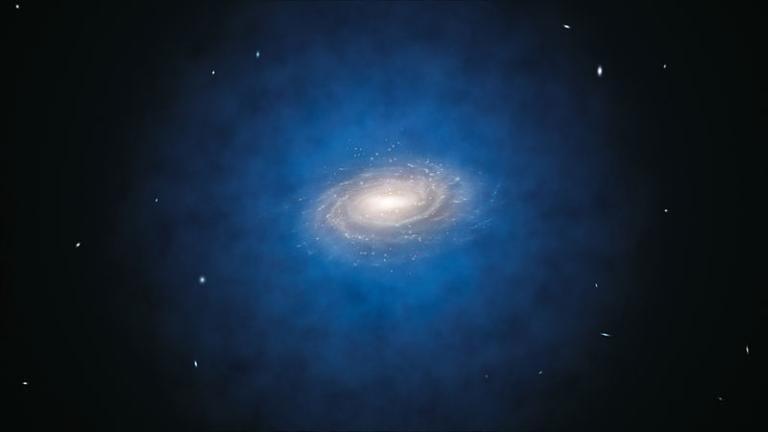
I think that I’ll post another set of draft notes inspired by (and, to a considerable extent, drawing upon) Michael Guillen’s Believing is Seeing: A Physicist Explains How Science Shattered His Atheism and Revealed the Necessity of Faith (Carol Stream, IL: Tyndale Refresh, 2021).
The question of the origin of life on Earth — the question of abiogenesis, the emergence of life from non-life — continues to puzzle researchers. Michael Guillen sees two broad categories of proposed solutions to the problem.
Jocularly, he calls the first broad category It Came from Outer Space:
In this scenario, the essential ingredients of life — water, amino acids, and nucleotides — are imagined to have rained down on Earth from some external agent — such as a meteorite, comet, or space alien. Richard Dawkins, evolutionary biologist emeritus at the University of Oxford, explains it this way:
Nobody knows how it [life on earth] got started. . . .
It could be that at some earlier time, somewhere in the universe, a civilization evolved by probably some kind of Darwinian means to a very, very high level of technology, and designed a form of life that they seeded onto perhaps this planet. . . . And that designer could well be a higher intelligence from elsewhere in the universe.
The It Came from Outer Space scenario is corroborated by our discovery that comets and meteorites contain organic molecules necessary for life — even amino acids, the building blocks of proteins.
For instance, Meteorite 2008 TC3, which pelted northern Sudan in 2008, contains nineteen different amino acids. And Comet 67P/Churyumov-Gerasimenko contains many different organic molecules and glycine, the simplest of all amino acids used by life on Earth.
Please note that life that had been “seeded” onto Earth would not, strictly speaking, represent a case of abiogenesis. It would actually be merely a case of pushing the question of abiogenesis back further, into a long distant time in an unknown but faraway place. (It might also be a process that Latter-day Saints, with our rather different conception of the divine, could entertain as an interesting hypothesis or, to use a more typically Latter-day Saint term, as an intriguing speculation.)
Guillen calls the second of his two broad categories It Came from the Black Lagoon:
In this scenario, the essential ingredients for life are terrestrial, and the process by which life emerges from them occurs entirely on this planet. It was Charles Darwin’s own preferred idea.
In 1871, Darwin speculated wistfully that Earth’s very first protein macromolecules might’ve been cooked up by accident “in some warm little pond with all sort of ammonia & phosphoric salts — [with] light, heat, electricity, [etc.] present.”
When I was in high school, the big deal (at least at my scientific level was still a 1953 experiment by the American chemists Harold Urey and Stanley Miller, who sought to put Darwin’s “warm little pond” idea to the test. Zapping a mixture of methane, ammonia, and hydrogen gases with electrical sparks, they were able to produce amino acids and other organic molecules. It wasn’t actual life yet, but these were important precursors to life.
The Miller-Urey experiment was hailed, at first, but has since been heavily questioned.
One objection is that Earth’s primitive, prebiotic atmosphere is not now believed to have consisted mostly of methane, ammonia, and hydrogen, as Urey and Miller supposed, but, instead, is thought to have consisted primarily of carbon dioxide, ammonia, and water vapor. One of Miller’s students later repeated the experiment using a corrected gas mixture, but it seems that the results of that revised experiment are still debated.
Another seeming problem is that amino acids with identical chemical sequences come in two geometrical varieties, right-handed and left-handed. But life on Earth uses only left-handed amino acids, while the Miller-Urey experiment (and, I presume, its variants) produces both left-handed and right-handed amino acids in equal proportions,
meaning that it does not represent the extraordinary, life-generating process that selected out the left-handed molecules and then assembled them into the organisms we see today.
Recently, Guillen writes — his book was published in 2021 — scientists at McMaster University in Ontario, Canada, have created a more advanced version of the Miller-Urey device, which they call a “planet simulator.”
By varying the temperature, humidity, pressure, atmosphere, and radiation levels inside a microwave oven-sized terrarium, the scientists can simulate the environment of early Earth or any other planet. It remains to be seen whether it will produce any reliable, replicable, and relevant information concerning the Black Lagoon scenario.
Even if the Miller-Urey experiment had been entirely valid, and even if this newer Canadian version of it succeeds, there is still quite a distance between such results and the actual creation of life.
Yes, amino acids are the “building blocks” of life. But it takes scores of them hooking up just right. And they must also fold themselves into just the right shape in order to create a single, healthy protein.
This intricate, exquisite process is like origami. Just one wrong fold and the end product won’t look right or function properly.
For example, a single hemoglobin protein is made of 574 amino acids bound together in a three-dimensional, precisely interwoven, origami-like knot. A single mistake in the complex creation process produces a dysfunctional protein — such as we see in people with sickle-cell anemia, some of whom don’t survive childhood or even infancy.
A living organism relies on hundreds of such carefully constructed proteins to function properly. Even Mycoplasma genitalium, a sexually transmitted pathogen with one of the tiniest, most primitive genomes on the planet, relies on upwards of six hundred different, perfectly constructed proteins. You and I require anywhere from ten thousand to several billion different, intricately built proteins.

(Wikimedia Commons public domain image; European Southern Observatory)
I think that I’ll close with an interesting but quite unrelated bit of science news, on a very different but similarly ongoing, umm, matter of debate: “The case for dark matter has strengthened: Though a single measurement is not enough to definitively decide the debate, this is a major win for dark matter proponents.”












